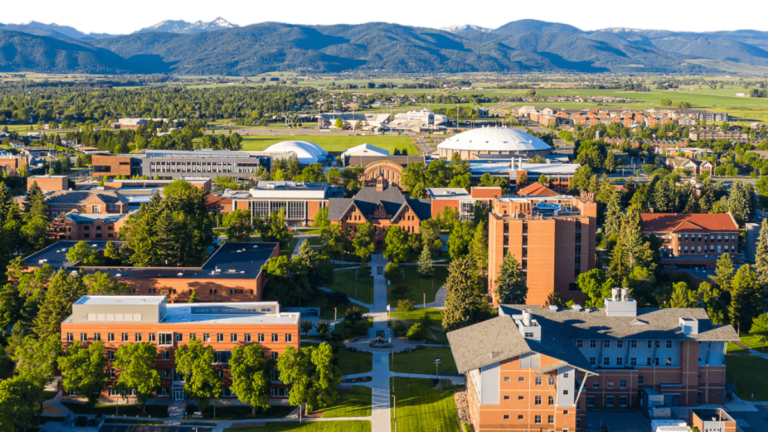Montana, the picturesque state known for its breathtaking landscapes, wildlife, and outdoor adventures, offers a serene escape throughout the year. However, just like any other destination, there are certain periods when visitors might want to exercise caution when planning their trip. While Montana’s beauty remains unrivaled, there are times when weather conditions or overcrowding can hinder one’s experience. In this article, we will delve into the worst time to visit Montana and explore the factors that might impact your travel plans.
The Winter Season
If you prefer warm weather, the winter season might not be the ideal time to visit Montana. The state experiences harsh winters with temperatures plunging to extreme lows. The biting cold can be especially daunting for those who dislike the cold weather. Transitioning from the comfort of a warm home to the bitter chill outdoors can certainly be a challenge. So, if you’re not a fan of subzero temperatures and bundling up in multiple layers, it’s best to plan your trip to Montana during another season.
Snowfall and Road Conditions
One of the major challenges during the winter season in Montana is the high amount of snowfall. As beautiful as the snow may be, it can wreak havoc on the road conditions. Snow-covered roads make driving treacherous and unsafe, particularly for inexperienced drivers or those not accustomed to winter driving. Additionally, the heavy snowfall often leads to limited accessibility to certain areas, as roads may be closed or impassable. This can hinder your travel plans, making it inconvenient to explore all that Montana has to offer during this time of the year.
Spring Mud Season
During the spring season in Montana, the melting snow creates a muddy and slippery environment, making outdoor activities more challenging. The damp conditions can hinder hiking, biking, and other recreational pursuits, limiting the enjoyment of visitors.
Mudslides and Flooding
In addition to the muddy terrain, the combination of melting snow and spring rainfall raises concerns about mudslides and flooding. These natural hazards can pose risks to both residents and tourists, resulting in road closures and limited access to various outdoor areas. Consequently, visitors may face restrictions on exploring certain regions or engaging in planned activities.
Wildfire Season
Montana experiences a significant wildfire season during the summer months, typically from June to September. The state’s dry climate and dense forests create ideal conditions for wildfires to occur. This makes it an unfavorable time to visit Montana due to the potential risks associated with these fires.
During wildfire season, the air quality in Montana can be greatly impacted by smoke and ash. The smoke from wildfires can create hazy conditions, obscuring views of the beautiful landscapes and mountains that the state is known for. It can also lead to poor air quality, which can be harmful, especially for individuals with respiratory conditions.
In addition to the poor air quality, wildfires can also pose evacuation risks. It’s not uncommon for areas near the fires to be evacuated for the safety of residents and visitors. These evacuations can disrupt travel plans and limit access to certain areas, further impacting the overall experience of visiting Montana.
Tourist Crowds in Peak Season
Montana experiences a surge in tourist numbers during the peak summer season, making it a popular time to visit. However, this high demand can result in crowded national parks and limited availability of accommodations. It is important to plan ahead and make reservations well in advance to secure accommodation options.
Long Waiting Times and Overcrowding
The increase in tourist crowds can lead to longer waiting times for popular attractions. Whether it’s waiting in line for a scenic hike or gaining access to a must-see landmark, patience is required. Additionally, finding parking spaces in popular tourist areas can be challenging, adding to the potential frustrations of overcrowding. It’s wise to consider visiting during weekdays or early in the morning to avoid the peak influx of visitors.
In conclusion, Montana offers stunning landscapes and abundant outdoor activities throughout the year. However, for those seeking to avoid crowded tourist spots and long lines, it is crucial to plan your visit wisely. By avoiding the critical months when tourist traps are at their peak, you can fully immerse yourself in the beauty and tranquility that Montana has to offer. Whether it’s exploring the snow-capped mountains in winter or witnessing the vibrant fall foliage, there are plenty of opportunities to experience the wonders of Montana without feeling overwhelmed by crowds. So, plan your trip accordingly and enjoy a peaceful and memorable vacation in Montana!
